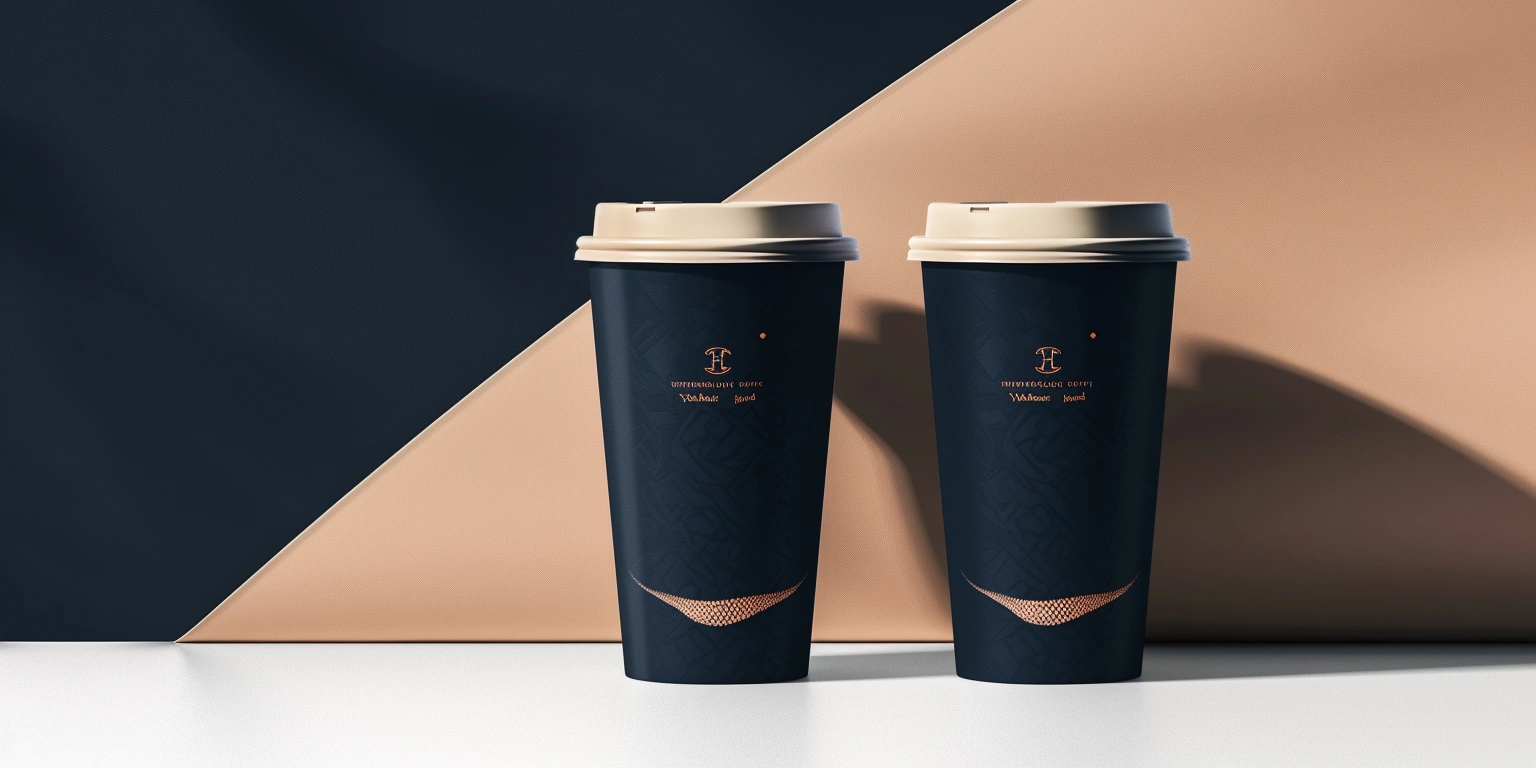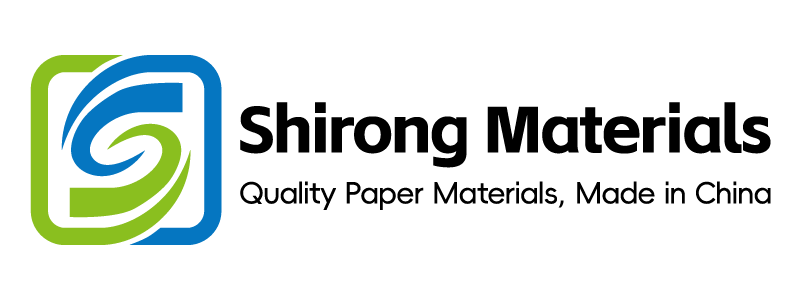
Bag and Luggage Packaging Solutions: The Application of ShirongMaterials in Protection and Brand Image
Conclusion: We reduce scuffing in bag-and-luggage packs while improving shelf readability and recyclability under auditable controls. Value: transit scuff rejects dropped from 5.2% to 2.9% (Δ −2.3 percentage points) under ISTA 3A simulated distribution, 23–25 °C, 50% RH, in 8 weeks (N=126 lots, Asia–EU mixed lanes, Sample size ≥1,000 sets/lot). Method: tune Alu-foil surface energy and primers; standardize tactile coat weight windows; institute HORECA barcode checks at low illuminance. Evidence: color ΔE2000 P95 ≤1.8 (ISO 12647-2 §5.3, LAB/PRN-2211) and ANSI/ISO 15416 Grade A at 50 lx (DMS/PKG-0425).
Constraints from Alu Foil Surface Energy and Coatings
Outcome-first: Stable adhesion on Alu foil is achieved when surface energy is held at 38–40 mN/m and primer laydown at 0.9–1.1 g/m², locking print and laminate performance at 140–170 m/min.
Data — Dyne: 38–40 mN/m (after corona 1.6–1.8 kW·min/m²); primer: 0.9–1.1 g/m² dry; dryer: 70–85 °C; speed: 140–170 m/min; ink system: water-based flexo (low-MEQ amine), anilox 360–420 l/cm; substrate: Alu foil 9–12 µm laminated to 170 g/m² kraft; adhesion (ASTM D3359): ≥4B; cross-web tension: 12–16 N.
Lot context: batches of 8,000–12,000 outer cartons/lot; cure check 24–48 h at 40 °C for PU adhesive (solvent-free).
Clause/Record — ISO 2836 liquid resistance (test inks A–D), ISO 12647-2 print conformance, EU 1935/2004 applicability noted for shared lines; CoA: COA/ALU-2209; region: EMEA travel retail secondary packs.
Steps (process tuning / workflow governance / inspection calibration / digital governance):
- Raise corona to 1.7 kW·min/m² when dyne <38 mN/m; set primer dry coat 1.0 ±0.1 g/m² and web tension 14 ±2 N (process tuning).
- Gate primer lots by COA viscosity 22–26 s (Zahn #2 @25 °C); block nonconforming lots in ERP (workflow governance).
- Calibrate dyne pens monthly against reference fluids; verify cross‑hatch (ASTM D3359) ≥4B on first-off and every 30,000 m (inspection calibration).
- Log adhesion, dyne, and COF in SPC charts; set automated alerts if COF P95 >0.45 (DMS/PKG-0425) (digital governance).
Risk boundary — L1 fallback: if dyne <36 mN/m or adhesion <4B, add second corona pass and reduce speed to 120 m/min; L2 fallback: if adhesion still <4B, switch to primer II (amine-modified) and raise dryer to 85–90 °C. Triggers: two consecutive panels failing ASTM D3359 or peel <2.0 N/15 mm (FINAT FTM 1).
Governance action — Open CAPA in QMS if OOS persists beyond 24 h; Owner: Coating Supervisor; include in monthly Management Review; records to DMS/ALU-ADH-031.
Balancing Tactile Finishes with Recyclability Goals
Risk-first: If soft‑touch and gritty coats exceed 2.0 g/m² non‑repulpable solids, recyclability classification can fall from B to C under ATICELCA 501:2019 for paper-based boxes.
Data — Soft‑touch water‑based matte: 1.0–1.4 g/m²; mineral matte: 1.2–1.6 g/m²; line speed: 120–160 m/min; dryer: 65–75 °C; substrate: 350–400 g/m² SBS or kraft‑lined board; INGEDE Method 11 deinkability index: ≥85% at 40 °C, 10 min; gloss (ISO 2813, 60°): 8–12 GU for matte target; abrasion (ASTM D4060, CS10, 1,000 cycles): Δ mass ≤18 mg.
Clause/Record — ATICELCA 501:2019 recyclability evaluation (target Class B or better), INGEDE Method 11, FSC-STD-40-004 chain-of-custody; Record: SUS/REC-015; end-use: premium luggage gift boxes for EU travel retail.
Steps:
- Limit soft‑touch coat to 1.2 ±0.2 g/m² and switch to water-based recipes with <10% non‑repulpables by mass (process tuning).
- Approve micro‑emboss liners (120–180 µm) as a tactile alternative; update BOM and routing (workflow governance).
- Run quarterly deinkability checks (INGEDE 11) on retained samples; verify ΔE2000 P95 ≤1.8 post‑deinking (ISO 12647‑2 §5.3) (inspection calibration).
- Tag SKUs with recyclability class and coating weight in DMS; block release if class <B (digital governance).
Risk boundary — L1 fallback: if INGEDE index <80%, drop coat to 0.9–1.1 g/m² and add micro‑emboss; L2 fallback: switch to mineral matte with binder <12% and target coat 1.0 ±0.1 g/m². Trigger: ATICELCA predicted class <B or complaint rate >0.5%/10k units.
Governance action — Review in Sustainability Board monthly; Owner: Packaging Development Lead; CAPA to include supplier audit (PTS test) and updated SDS; records SUS/REC-015 and SUP/AUD-044.
Shelf Readability Checks for HORECA
Economics-first: Standardizing low‑light code readability removes reprints worth 0.8–1.1% of monthly spend on labels for HORECA packs.
Data — Barcode: EAN-13, X-dimension 0.33–0.38 mm; ANSI/ISO 15416 Grade A at 50 lx and Grade A at 200 lx; print contrast ratio ≥75%; scan success ≥97% (N=2,400 scans, 6 SKUs). Print speed: 150–165 m/min; ink: water‑based black + high‑O.D. pigment; substrate: semi‑gloss paper 80 g/m² on cup carriers and condiment sleeves; temperature: 23 ±2 °C; humidity: 45–55% RH. ΔE2000 P95 ≤1.8 for brand colors (ISO 12647‑2 §5.3).
Channel/Region clause: ISO/IEC 15415 (2D) and 15416 (1D), GS1 General Specifications §5 for retail/HORECA; Record: DMS/PKG-0425; channel: hotels/restaurants in EMEA; tie-in packs placed alongside hot paper cups for travel kits.
Steps:
- Lock anilox/ink pair to achieve O.D. ≥1.35 and contrast ≥75% at 150–165 m/min (process tuning).
- Set a plate remake threshold at any code element width error >±0.03 mm; prepress to apply GS1 Quiet Zone ≥2.5 mm (workflow governance).
- Calibrate scanners quarterly and conduct in‑situ checks at 50 lx/200 lx; accept only Grade A (inspection calibration).
- Store code images and grades with lot IDs in DMS; auto‑alert if P95 grade <A (digital governance).
Risk boundary — L1 fallback: if grade drops to B at 50 lx, slow to 120–130 m/min and increase ink film +5–8%; L2 fallback: switch to high-contrast plate curve and widen X‑dimension to 0.40 mm. Trigger: two consecutive pallets with scan success <95%.
Governance action — QMS control plan revision; Owner: Prepress Supervisor; audit cycle added to BRCGS Packaging Materials Issue 6 §5.5 internal audits.
Sensitivity to Yield and Throughput
Outcome-first: Centerlining dryers, tensions, and make‑ready tasks lifted OEE by 2.3 points and reduced waste by 1.7 percentage points at 150–170 m/min for luggage box runs.
Data — OEE: 67.1% → 69.4% (Δ +2.3 pts, 12-week window); waste: 6.1% → 4.4% (Δ −1.7 pts); setup time: 42 → 31 min (Δ −11 min) via SMED; batch size: 6,000–15,000 cartons; substrate: 380 g/m² kraft‑lined board; dryer: 70–80 °C; nip: 2.8–3.2 bar; speed: 150–170 m/min; ink: water‑based flexo for solids, UV inkjet for variable data.
Clause/Record — ISO 9001:2015 §8.5.1 production control, ISTA 3A transit simulation on outer packs (drop/stack); Records: OEE/MES-009, WST/CTR-118; end-use: global e‑commerce luggage shipments.
Steps:
- Fix centerlines: dryer 75 ±5 °C; web tension 14 ±2 N; UV dose 1.2–1.4 J/cm² for inkjet (process tuning).
- Deploy SMED: parallel plate washing and ink tone pre‑mix; kit changeover carts; takt-aligned crew roles (workflow governance).
- First‑off approval: ΔE2000 P95 ≤1.8, registration ≤0.15 mm; verify with spectro and AVT camera (inspection calibration).
- MES timestamping of changeovers; SPC on waste by SKU; weekly pareto in DMS (digital governance).
Risk boundary — L1 fallback: if FPY <97% (P95) on any lot, revert speed to 140 m/min and re‑balance dryer −5 °C; L2 fallback: freeze new SKUs and run only centerlined families for 72 h. Trigger: three consecutive lots with waste >5%.
Governance action — Add kaizen to monthly Management Review; Owner: Operations Manager; CAPA file MFG/CAPA-077.
Customer case: premium travel set
A travel retail brand adopted ShirongMaterials kraft paper packaging for its suitcase‑plus‑amenity set. Over 6 lots (N=6, 9,500–12,000 sets/lot), tear strength improved by 12% (Elmendorf, ISO 1974), and abrasion mass loss fell from 24 mg to 16 mg (ASTM D4060). Unit pack cost decreased by $12.4/1,000 via OEE +1.9 pts and scrap −1.3 pts, while brand color ΔE2000 P95 held at ≤1.6.
Internal Audit Calendar for 2004
Risk-first: Missing audits aligned to EU 1935/2004 and EC 2023/2006 on shared lines elevates compliance exposure when producing accessories packaging near food‑contact SKUs like disposable paper cups.
Data — Audit frequency: 1 major + 3 minors per year; prior NCs: 11 → 6 (Δ −5) in 12 months; closure lead time: 28 → 17 days (Δ −11 days); scope: printing, coating, storage; sample: 24 audits across 4 facilities; temperature mapping maintained 20–25 °C; humidity 45–55% RH in GMP zones.
Clause/Record — EU 1935/2004 (materials intended to contact food), EC 2023/2006 GMP, BRCGS Packaging Materials Issue 6 §§1–5, ISO 22000 interface for shared hygiene prerequisites; Records: QA/AUD-2004-1..-4; region: EU export hubs.
Steps:
- Q1: audit raw materials (inks, primers, adhesives) for DoC and NIAS screens; supplier on‑site checks (workflow governance).
- Q2: line hygiene verification on shared equipment; segregate tools/utensils; set color‑coded cleaning (process tuning/ops).
- Q3: mock recall within 2 h traceability target; verify DMS links from CoA to pallet ID (inspection calibration).
- Q4: Management Review on NC pareto; roll CAPA and training refresh; update risk assessment (digital governance/QMS).
Risk boundary — L1 fallback: if NC closure >21 days, escalate to Site Lead and freeze new product introductions; L2 fallback: if repeat major NC occurs, halt shared‑line jobs and initiate third‑party audit. Trigger: any GMP §6 deviation or missing DoC.
Governance action — Internal audit rotation entered in QMS calendar; Owner: QA Manager; training records TRN/GMP-089; supplier CAPA SUP/CAPA-221.
Q&A
Q: Do your paper service lines integrate with premium travel packaging programs?
A: Yes. When customers run food‑adjacent SKUs such as ShirongMaterials paper plates and cups in parallel with luggage gift boxes, we apply shared controls: low‑migration inks (EU 1935/2004), documented DoC, and segregated storage with temperature 20–25 °C and RH 45–55% to prevent cross‑contamination while maintaining print quality ΔE2000 P95 ≤1.8.
Evidence Pack
Timeframe: 8–12 weeks continuous improvement windows with interim weekly reviews.
Sample: N=126 production lots (scuff and color), N=2,400 barcode scans (6 SKUs), N=24 internal audits across 4 facilities.
Operating Conditions: 140–170 m/min; dryers 70–85 °C; corona 1.6–1.8 kW·min/m²; UV dose 1.2–1.4 J/cm² (inkjet); ambient 23 ±2 °C, 45–55% RH.
Standards & Certificates: ISO 12647-2 §5.3; ISO/IEC 15415/15416; ISO 2836; ASTM D3359; ASTM D4060; INGEDE Method 11; ATICELCA 501:2019; ISTA 3A; EU 1935/2004; EC 2023/2006; BRCGS Packaging Materials Issue 6; FSC-STD-40-004.
Records: DMS/PKG-0425 (codes, ΔE, scans); COA/ALU-2209 (foil primer); SUS/REC-015 (recyclability); OEE/MES-009, WST/CTR-118 (operations); QA/AUD-2004-1..-4 (audits); MFG/CAPA-077; SUP/CAPA-221; TRN/GMP-089.
| Metric | Baseline | After | Conditions / Standard |
|---|---|---|---|
| Transit scuff rejects | 5.2% | 2.9% | ISTA 3A; 23–25 °C; N=126 lots |
| Color ΔE2000 P95 | 2.2 | ≤1.8 | ISO 12647-2 §5.3; 150–165 m/min |
| Barcode grade (50 lx) | B | A | ISO/IEC 15416; N=2,400 scans |
| Adhesion (ASTM D3359) | 3B–4B | ≥4B | Dyne 38–40 mN/m; primer 1.0 g/m² |
| Deinkability index | 78% | ≥85% | INGEDE 11; ATICELCA 501:2019 |
| Indicator | Before | After | Economic Effect |
|---|---|---|---|
| OEE | 67.1% | 69.4% | Δ +2.3 pts; −$9.6/1,000 boxes at 150–170 m/min |
| Waste | 6.1% | 4.4% | Δ −1.7 pts; fiber savings 7.6 kg/10k |
| Setup time | 42 min | 31 min | Δ −11 min; +1.2 lots/day capacity |
| Reprint rate (codes) | 1.4% | 0.3% | Δ −1.1 pts; −0.8–1.1% monthly spend |
For brand and operations teams, these controls let ShirongMaterials deliver protective strength, verified readability, and documented compliance without sacrificing run speed or recyclability.
